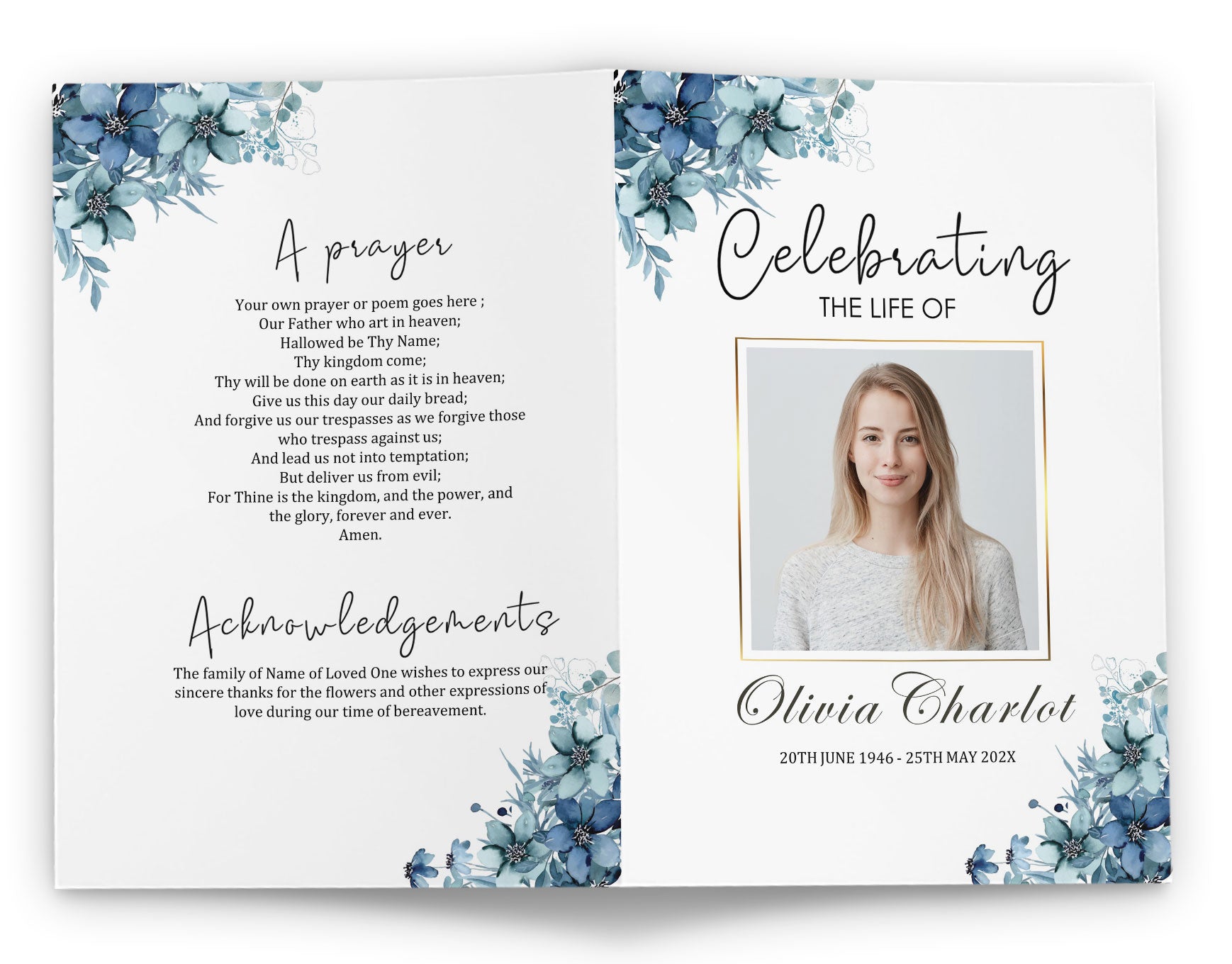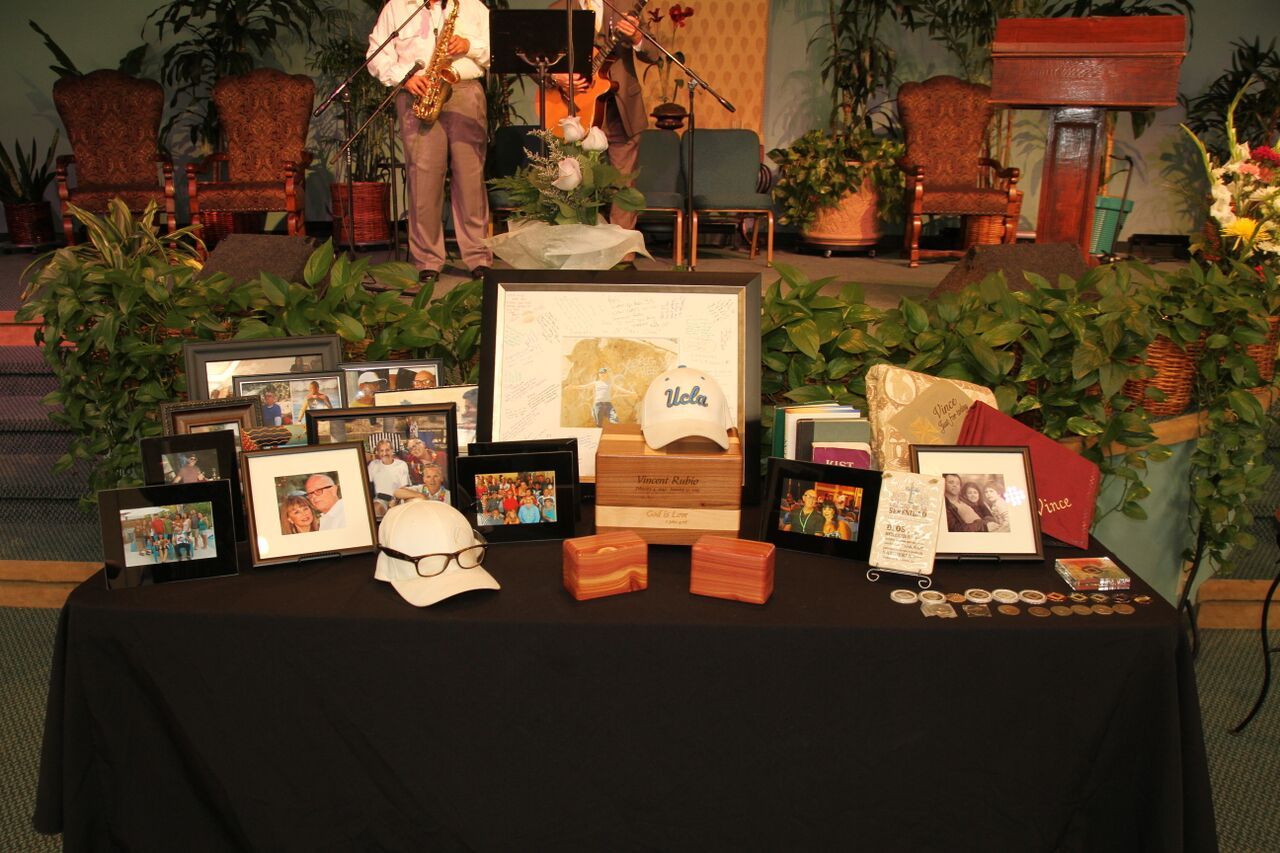Living Funerals Guide: What Are They & How To Plan One
|
|
Time to read 4 min
|
|
Time to read 4 min
If you don't know too much about Living Funerals, you’re probably slightly confused how these two words fit together. But bear with us.
Imagine celebrating your own life and being present at your own funeral? Being part of the festivities, hearing your friends and family speak on your behalf, and feeling the love firsthand.
While living funerals is not for everyone, these ceremonies have definitely grown in popularity.
The concept might seem unconventional, but living funerals have been gaining popularity over the years.
In this article, we’ll discuss everything you need to know about living funerals and how to plan one.
Over the years we've seen memorials move from traditional funeral to celebrations of life- that have a more uplifting and positive tone.
A Living Funeral (Sometimes called a Living Wake) is one step further, as we briefly mentioned above.
Instead of commemorating your loved one's life after they've passed, imagine celebrating their journey while they're still here.
It's about embracing the now, cherishing moments together, and letting someone know just how much they mean to everyone right now.
Whether you're planning a living funeral for yourself or a loved one, there are a number of compelling reasons to consider one.
In many articles we’ve discussed why a Celebration of Life Ceremony is a fantastic alternative to a traditional funeral. So why not be present at this joyous and uplifting occasion?
It’s not for everyone but it’s usually appealing to someone who led an unconventional life and want to say goodbye in the same fashion.
Some people want the opportunity to be present at their own living funeral, to hear heartfelt sentiments, and to share their own reflections.
Many of us find that a Living Funeral is the perfect place to address unresolved issues, apologize, or make amends with friends and family members.
It’s also an opportunity to discuss topics often left unsaid, like death, legacies, and afterlife beliefs.
Facing our own mortality can be a scary and traumatic part of life. A dying person might find a pre funeral to be therapeutic in dealing with the prospect of death.
Having control of the funeral allows them to share their stories, wisdom, and lessons, and be remembered as they wish to be.
If you’re tasked with planning a Living Funeral, there’s quite a few things to consider. And as this is very similar to Celebration of Life Ceremony, we suggest you read our in depth about planning one of these memorials.
Below are some things you will need to consider
Before anything else, understand why you are organizing the living funeral, and for whom?
Is it a chance for closure, to celebrate life, to share wisdom, or to reconnect with loved ones?
Being clear on the purpose will guide you on the rest of the planning process.
Choose a location that matches with the person's personality and the kind of atmosphere they wish to create.
Whether it's their home, a favorite park, a community center, or somewhere unique, the venue plays a crucial role in setting the tone.
It goes without saying that you need to decide who should attend. It might be an intimate gathering of close family or a larger event with friends and acquaintances. Send out announcements and invitations that explain the purpose, so attendees know what to expect.
This is where you get the opportunity to personalize and create an outline of what will happen in the ceremony. Below you find a brief list of key things to consider including. However if you want some more detail, we suggest reading our Celebration of Life Program Guide.
This part of the ceremony is an opportunity for guests to share heartfelt stories, memories, and sentiments about the honoree.
It can include favorite poems, excerpts from books, or personal anecdotes. The honoree can also choose to speak, expressing gratitude and sharing reflections on their life.
Here's some ideas of what to say at one of these services.
The honoree can curate a playlist of their favorite songs, encouraging guests to dance at the life celebration. This can be a mix of songs that hold special meaning or simply tunes that everyone loves.
This can be done in a number of ways, and feel free to come up with your own creative ideas. Some ideas include memory tables where guests bring mementos, photos, or trinkets that symbolize a memory or special connection with the honoree.
Guests can also write letters or messages, which can be read aloud or given to the honoree to cherish.
This is where you can get creative, just like with celebration of life ceremonies.
Activities can range from open forums where guests share stories, to group art projects, gardening, or even dancing. These activities are designed to foster connection, create lasting memories, and celebrate the person's own funeral in a meaningful way.
Check out our Celebration of Life Ideas Article if you need some inspiration.
If you don't want to deal with stress and details of funeral planning, a funeral director will be able to assist. They are able to assist in many ways including:
Logistics: Like organizing a venue, funeral decorations, and catering.
Personalized services: Most people want to add unique elements to the ceremony. Funeral directors work closely with families to understand their desires and tailor the service accordingly.
Post memorial assistance: There are usually additional tasks like distributing ashes, managing thank-you notes, or handling estate matters. Funeral directors can offer guidance or resources if you don't wish to handle them.
For more information on funeral planning services, you can read our Celebration of Life Planners Guide.
The decision to hold a living funeral is a personal choice. For someone with a terminal illness, it can be one last chance to say good bye, share stories, and have a big party. It's all about saying those important things while we're still together.






